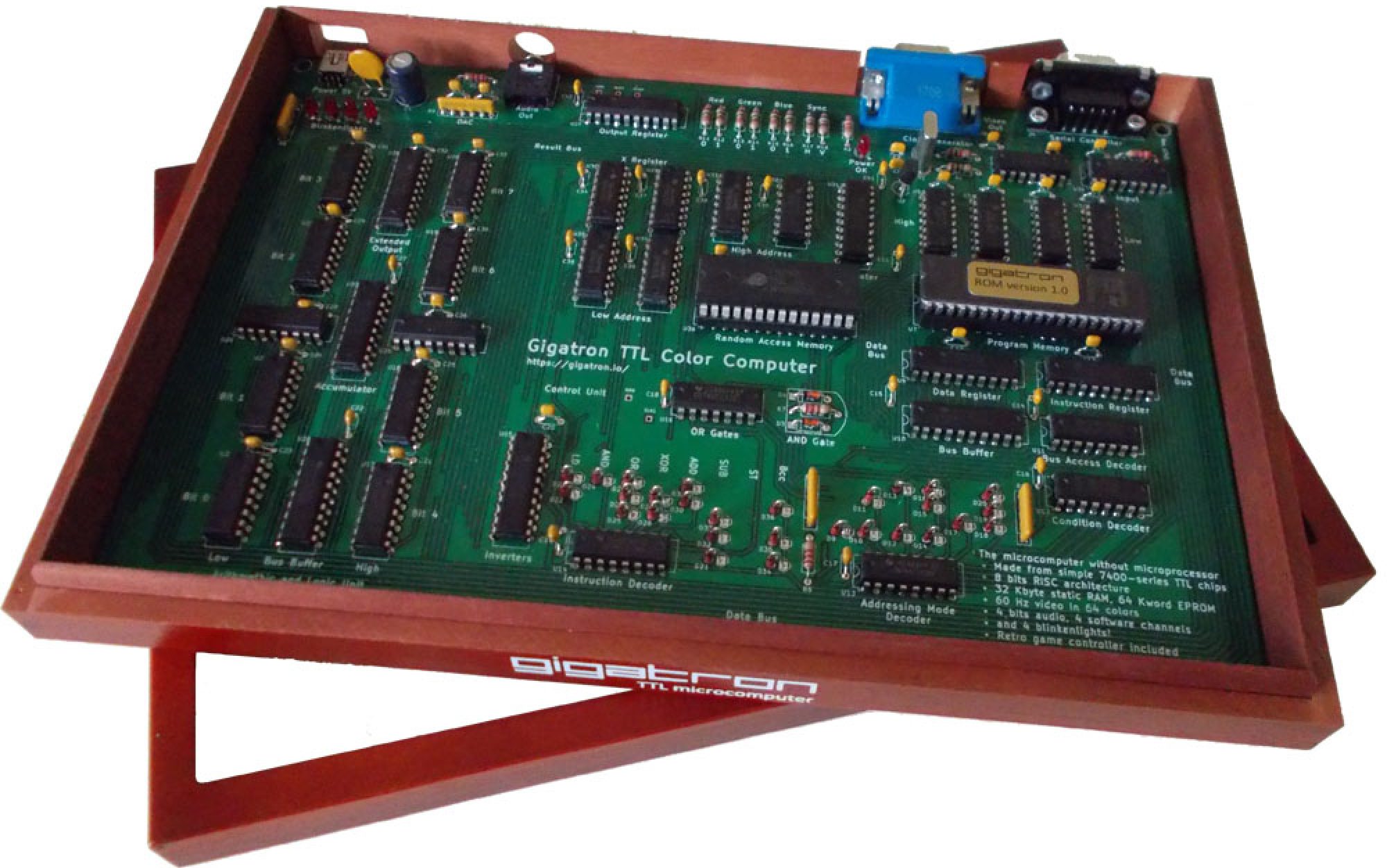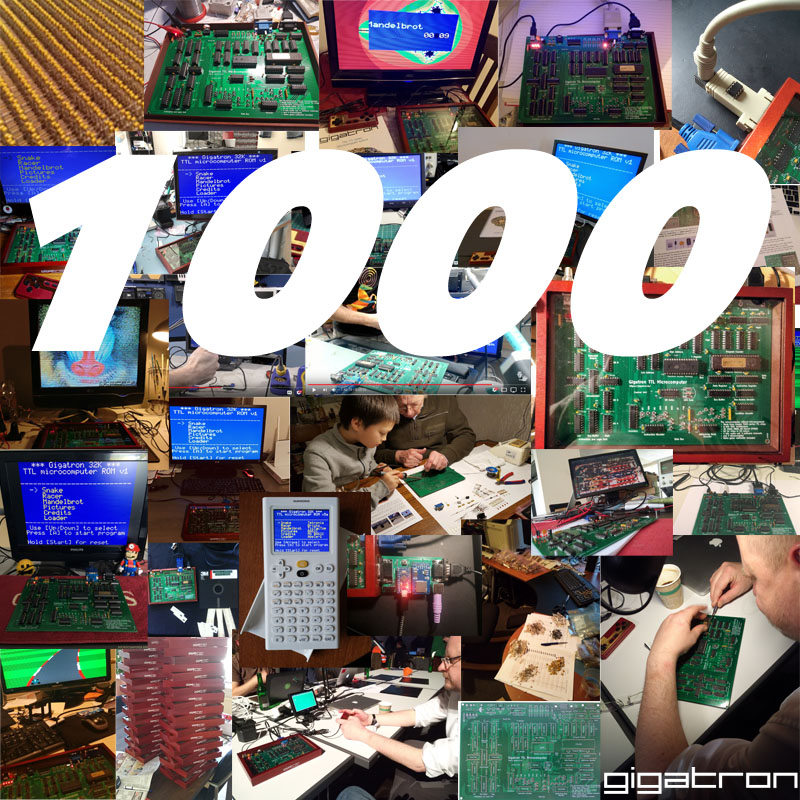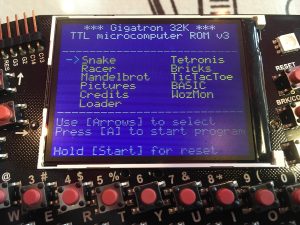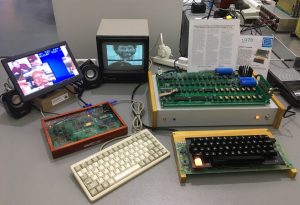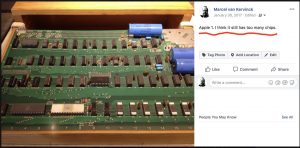We are still a bit short on tutorials and tools to make the Gigatron more accessible for hacking. But that hasn’t stopped some brave souls from figuring it out for themselves. Phil made a great emulator that runs realtime in a browser, in javascript. At67 wrote a stand-alone vCPU assembler to go with his own emulator. Some started to make their own operating system. One buyer announced plans to rewire the instruction decoder in order to get just the right 8-bit instructions for the application he has in mind. Drogon wrote some GCL, made a ROM file, stripped the object code from it, copied that in an Arduino to send it to the Loader and execute it from RAM. Speechless… [Edit: it is MUCH simpler now to do the same today. The tools keep improving every week]
Now is the time to standardise on a file format for vCPU programs. Most hackers will start at the 16-bit programming level because it is easiest. Programs can be loaded into the system with the Loader application, without reprogramming the EPROM.
After some discussion with the emulator guys, we have agreed on a file format for both real boards and emulators: GT1 files. At67 quickly coded some demos in his vCPU assembler and produced GT1 files for them. These work in his great emulator. But his kit hasn’t arrived yet, so I tested it for him. See here “life3.gt1” and “lines.gt1” loaded on my development board with ROM v1.
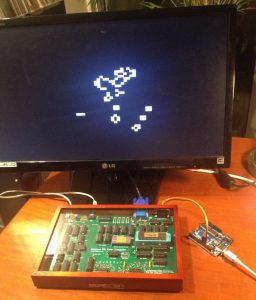

It works! We have a standard for exchanging Gigatron programs!
Edit: Check out this video for what is brewing in emulator land. Sprites!
https://youtu.be/sq8uCpBFwp8
